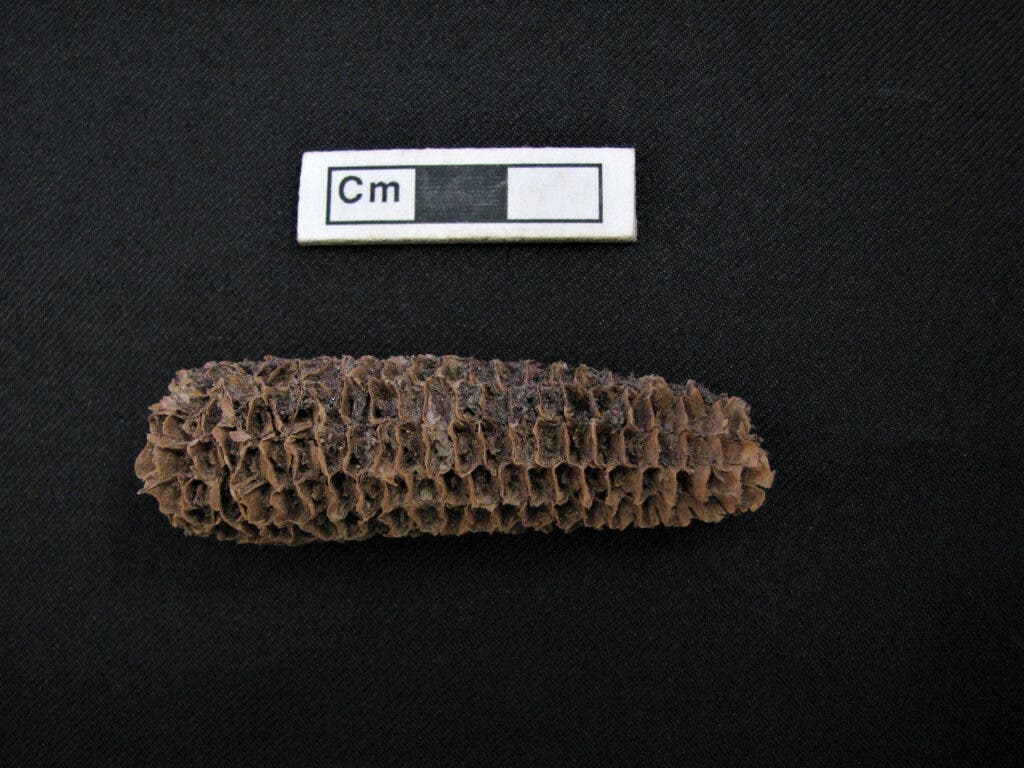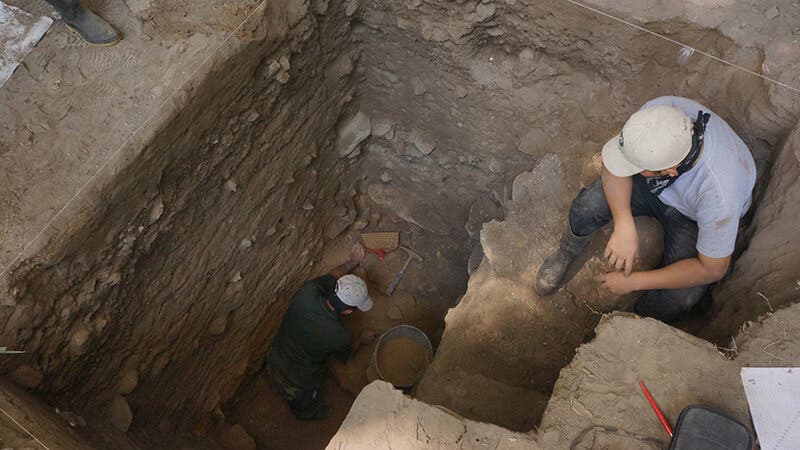Maize is perhaps the most important crop ever domesticated by people. Enter any shop today and you’re almost guaranteed to find a myriad of products, from sweets and tacos to cereal and of course, canned corn.
According to new research, we owe this corny abundance to the Mesoamerican settlers who started eating and domesticating corn about 6,700 years ago.

Much of the popularity of maize is owed to its high carbohydrate and protein value. Maize is high in valuable nutrients and cherished globally today — but it wasn’t always this dominant. Nine thousand years ago, maize was still a humble plant with few connections to mankind.
To unravel corn’s remarkable journey, Archaeologist Keith Prufer and colleagues from half a dozen universities looked at the bones and teeth of 52 skeletons in the Mesoamerican region.
The study wasn’t specifically looking for corn. The team involved a large number of researchers from different fields including biology, geology, and of course, archaeology. Originally, the researchers wanted to get a holistic view of how these early settlers changed and adapted to a completely new lifestyle.
They carried chemical and radiocarbon measurements on the skeletons, looking for any clues about what these people ate and how they lived.
The oldest remains date from between 9,600 and 8,600 years ago, while the newer ones are about 1,000 years old. When it came to diets, there was a visible transition between the older and the newer skeletons. While the older ones foraged on wild plants, palms, fruits, and nuts and hunted for meat, the newer generations showed a strong transition to farming, the researchers show.
“One of the key issues for understanding these changes from an evolutionary perspective is to know what the change from hunting and gathers pathways to the development of agriculture looked like, and the pace and tempo of innovative new subsistence strategies. Food production and agriculture were among most important cultural innovations in human history,” says Prufer.

Farming maize paved the way for the Maya civilization
Farming is quite possibly the most impactful change in human history. We take it for granted today, but it completely changed our lifestyle and set our species on a course for what we see on the planet today. It was farming that allowed our ancestors to settle in one place and start building larger settlements. But it wasn’t a straightforward change. The diet of early farmers was far less varied and healthy than that of hunter-gatherers, and it took millennia before mankind could truly reap the benefits of farming.
“Farming allowed us to live in larger groups, in the same location, and to develop permanent villages around food production. These changes ultimately led in the Maya area to the development of the Classic Period city states of the Maya between 3,000 and 1,000 years ago. However, until this study, we did not know when early Mesoamericans first became farmers, or how quickly they accepted the new cultigen maize as a stable of their diet. Certainly, they were very successful in their previous foraging, hunting, and horticultural pursuits before farming, so it is of considerable interest to understand the timing and underlying processes,” Prufer added.
By 4,700 years ago, Mesoamericans started consuming maize. The isotopic signature of two young nursing infants shows that their mothers were already consuming substantial amounts of maize, and consumption steadily increased over the following millennia, as people transitioned more and more to a static lifestyle.
Some 700 years later, a full transition to farming had occurred, judging by the amount of maize people were apparently consuming.
“We can directly observe in isotopes of bone how maize became a staple grain in the early populations we are studying. We know that people had been experimenting with the wild ancestor of maize, teosintle, and with the earliest early maize for thousands of years, but it does not appear to have been a staple grain until about 4000 BP. After that, people never stopped eating corn, leading it to become perhaps the most important food crop in the Americas, and then in the world,” Prufer adds, noting that the first use of corn may have been in the form of liquor.

The teosintle that Prufer mentions is the original maize — a wild grass growing in the lower plains of the Balsas River Valley in Central Mexico. Archaeologists have found evidence that maize was cultivated in the Maya lowlands some 6,500 years ago, but there was no evidence that maize was a staple at the time.
This is why archaeologists often resort to such varied studies: on one hand, you look at people’s environments and see what changes they made to the land, and on the other hand, you look at the humans themselves and see how they changed.
In a way, the life of a modern archaeologist is a lot like that of a forensic investigator — it’s no longer about finding the pyramids and ruins, it’s about understanding how people’s lives evolved through time.
It’s rarely easy. In this case, archaeologists had to work in conditions that many would consider unbearable.
“We did five years of fieldwork in two very remote rock shelter sites in the Bladen Nature Reserve in the Maya Mountains of Belize, a vast wilderness area that is a two-day walk from the nearest road. To work in this area we had to camp with no electricity, running water, or even cell service for a month at a time each year,” Prufer adds.
The study has been published in Science Advances.


